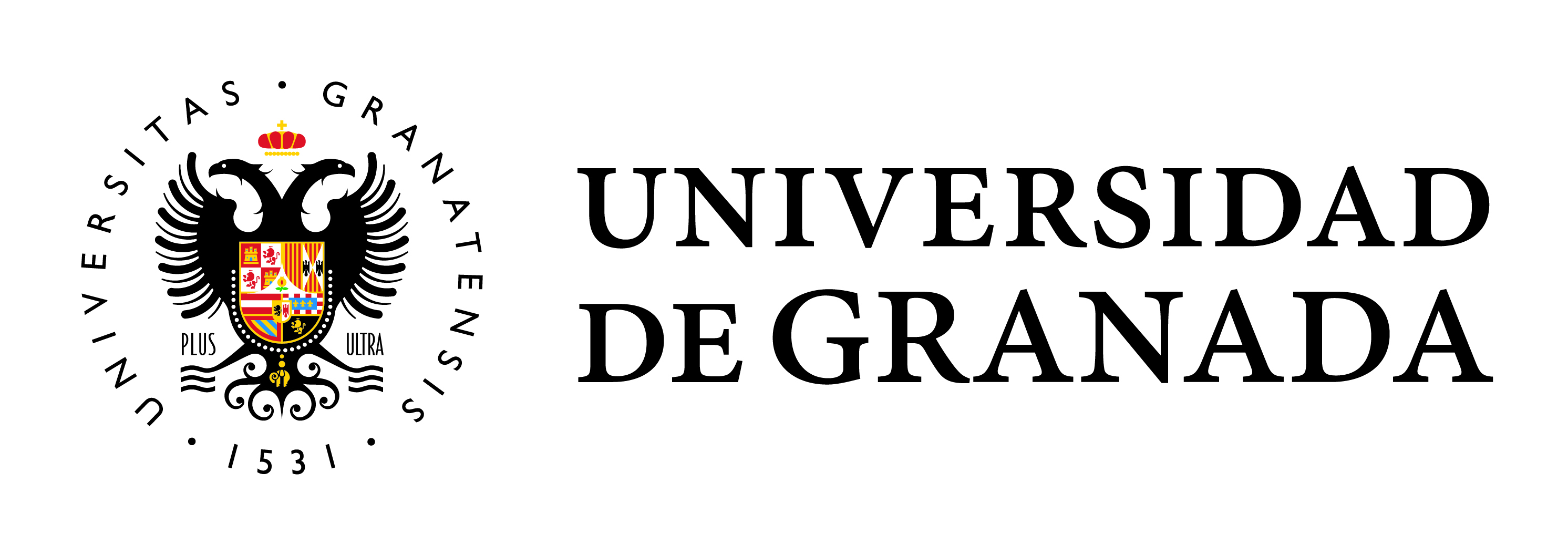Urban vitality and everyday life: revisiting Jane Jacobs through a spatial analysis of food retail in Barcelona
Main Article Content
Abstract
The growing interest in the study of everyday life in cities has led to revisit the ideas of Jane Jacobs, one of the most influential figures of urban theory. Urban vitality is Jacobs’ most relevant concept, which identifies elements of the built environment that generate urban spaces that attract the presence of people, street buoyancy and the combination of diverse activities. This article explores the relationship between urban vitality and food retail, understood as one of the essential elements of everyday life, since it satisfies the basic need of food provision. A case study is carried out in Barcelona (Spain), where two food consumption patterns are identified: one associated with everyday life, related to everyday food stores, and recreational consumption patterns, associated with the presence of bars and restaurants. By means of spatial analysis, the main goal is to analyse how these two ways of accessing food are related to urban vitality. The result is a spatial distribution of urban vitality that presents nuances: although vitality is associated with everyday stores, in certain areas of the city it coexists, paradoxically, with socioeconomic dynamics that interfere with everyday life.


